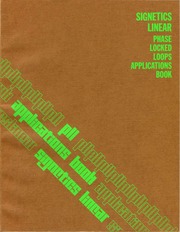gary36
Full Member level 4
Just started refreshing PLL concept in the context of demodulation of FM signal. Taking the digital PLL first, phase sensitive detector is typically XOR gate. So my guess was that the output of VCO must be same as incoming signal Fin to produce zero output from XOR detector. In that case Fvco should be equal to Fin. Is that correct?The output of PLL must be the message signal.

